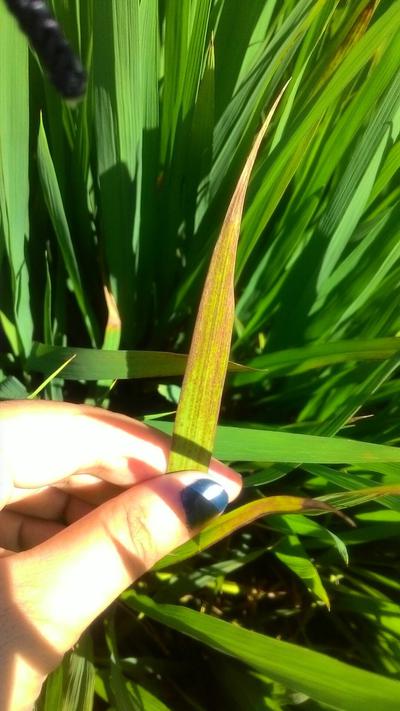Iron Toxicity in Rice
Iron Toxicity
Other
In a Nutshell
- The excessive iron in plant tissues lead to browning or bronzing leaves.
- High iron concentrations of iron in soil also cause poor root health and a lower absorption of many essential nutrients.
Can also be found in
Symptoms
Iron toxicity can happen throughout the growth cycle of the crop. It happens in lowland rice in various parts of the world. The enhanced absorption and excessive accumulation of iron in plant tissues lead to the production of toxic compounds. These cause the destruction of the chlorophyll and disrupt physiological processes, resulting in browning or bronzing leaves. High concentration of iron in the rhizosphere causes reduced root health and a lower absorption of important nutrients. This is associated with substantial yield losses (10-100%).
Recommendations

Organic Control
No biological control for this disorder is known.

Chemical Control
In soils and conditions where iron toxicity can be a problem, a balanced use of fertilizer (particularly potassium) and liming may be important to avoid this disorder. The addition of manganese to the fertilization mix will also help to lower the absorption of iron by the plant. Liming is highly recommended on acid soils. Avoid the application of excessive amounts of organic matter (manure, straw) on soils containing large amounts of iron and organic matter and where drainage is poor. Use urea as form of nitrogen fertilizer (less-acidifying) instead of ammonium sulfate (more-acidifying)
What caused it?
Iron toxicity is due to an excess of iron in the root environment of the plant. This disorder is associated with flooded soils and affects primarily the production of lowland rice. Submerged soils both increase the concentration of iron and enhance its uptake by the plant. In large measure, acidic soils, oxygenation of the soil, and fertility levels also play a role in the accumulation and absorption of this nutrient. Iron toxicity has been observed in flooded soils with a pH below 5.8 when aerobic (normal oxygen levels) and pH below 6.5 when anaerobic (low oxygen levels). Appropriate management practices include the liming of soils, improving soil fertility, and soil drainage at certain growth stages of the crop. As manganese competes with iron in the soil, the addition of this micronutrient can lower the absorption of iron by the plant to a certain degree.
Preventive Measures
- Plant varieties tolerant to high levels of iron in the soil.
- If using direct seeding, coat seeds with oxidants (substances that cancel the effect of iron).
- Delay planting until the peak in iron concentration has passed (10−20 days after flooding).
- Use intermittent flooding in poorly-drained soils containing a large concentration of Fe and organic matter.
- Carry out a drainage to remove the accumulated iron, ideally at the mid-tillering stage (25−30 days after planting/sowing).
- Carry out tillage after harvest, leaving the field in fallow for several days or a week if possible.
- Incorporate lime in the topsoil to raise pH in acid soils.
- Apply additional manganese fertilizers.



